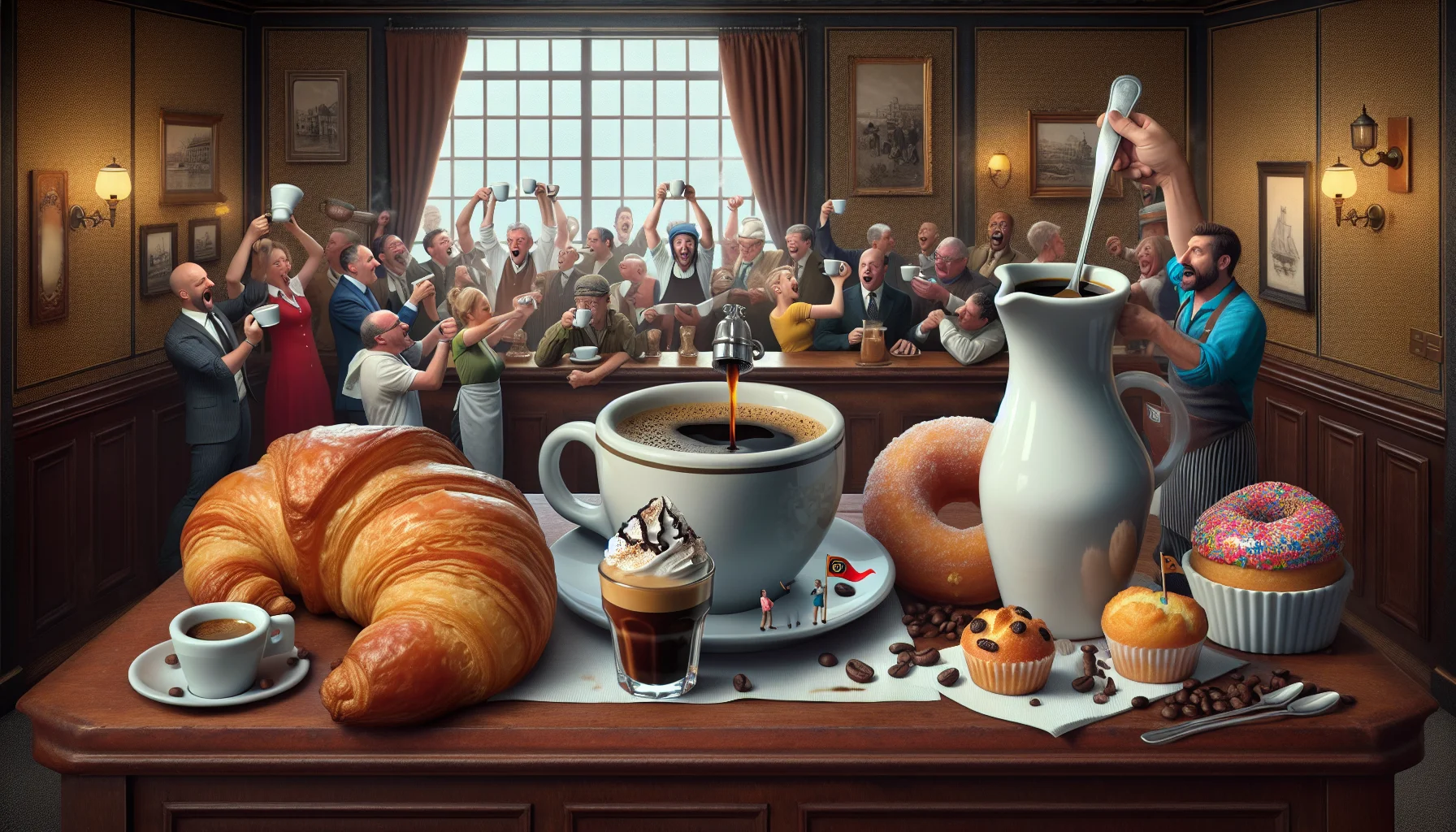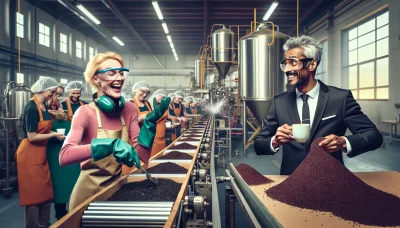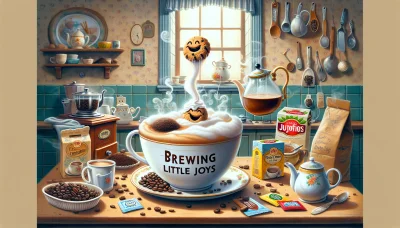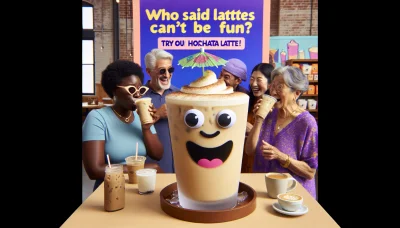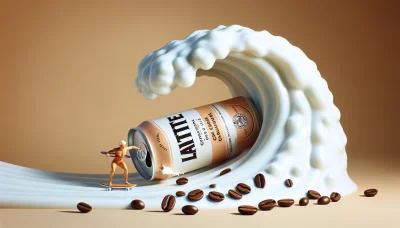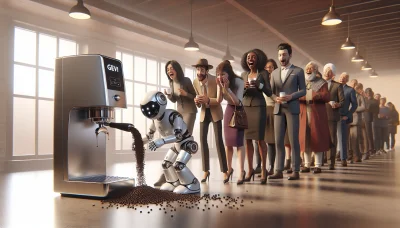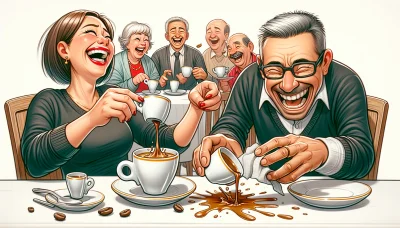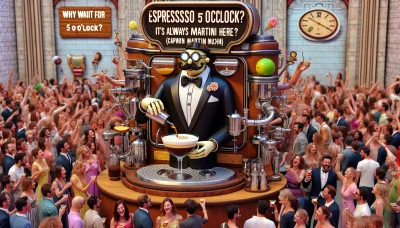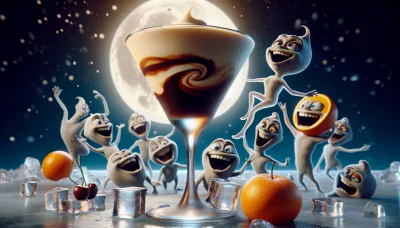Coffee vs espresso Quiz
Test Your Knowledge
Question of
Coffee vs Espresso: Understanding the Differences
While both coffee and espresso originate from the same beans, the key differences between these two popular beverages lie in the method of preparation, taste, and concentration. Espresso is made by forcing a small amount of nearly boiling water through finely-ground coffee beans, resulting in a smaller, more concentrated drink. Coffee, on the other hand, is typically brewed by pouring hot water over coarser grounds, resulting in a larger, less concentrated cup. These preparation methods not only affect the flavor and texture but also the caffeine content and serving size, making each unique in its own right.
What is Coffee?
Coffee is a brewed drink prepared from roasted coffee beans, which are the seeds of berries from the Coffea plant. Originating in Africa, coffee is now grown in over 70 countries around the world, primarily in the equatorial regions of the Americas, Southeast Asia, India, and Africa. The two most commonly grown types are the highly regarded arabica, and the less sophisticated but stronger and more hardy robusta. Once ripe, coffee berries are picked, processed, and dried. Dried coffee seeds (referred to as beans) are roasted to varying degrees, depending on the desired flavor. The beans are then ground and brewed with near-boiling water to produce the beverage known as coffee.
Coffee is known for its unique and stimulating effects, which are attributed to its caffeine content. It is one of the most popular drinks in the world and can be prepared and presented in a variety of ways, such as espresso, French press, café latte, or already popular filtered coffee. The beverage is often served hot, although iced coffee is also a popular variant. Coffee has a significant place in many cultures, often as a central part of social events and gatherings. Beyond its recreational use, coffee has been observed to have several health benefits when consumed in moderation, including potential reductions in the risk of several diseases.
What is Espresso?
Espresso is a concentrated form of coffee served in small, strong shots and is the base for many coffee drinks like lattes, cappuccinos, macchiatos, and Americanos. It's made by forcing a small amount of nearly boiling water through finely-ground coffee beans. The result is a thicker, more highly concentrated coffee beverage with a higher caffeine content per unit volume than regular coffee. Espresso is distinguished by its creamy foam top, known as crema, and its rich flavor profile. Unlike regular coffee, which can be made with a variety of methods including drip brewing, French press, and more, espresso requires specific equipment and a precise brewing process, making it unique in the world of coffee.
Brewing Techniques Compared
- Grind Size: Coffee typically uses a medium to coarse grind, while espresso requires a fine grind to achieve the desired extraction.
- Water Temperature: Both techniques use hot water, but espresso machines usually operate at higher temperatures.
- Pressure: Espresso is brewed using high pressure to force water through the grounds, while traditional coffee brewing relies on gravity.
- Brewing Time: Espresso brewing is fast, taking about 25-30 seconds, whereas coffee brewing can take several minutes.
- Amount of Coffee: Espresso uses a higher coffee-to-water ratio, making it more concentrated than regular coffee.
- Machine vs. Manual: Espresso typically requires a specialized machine, whereas coffee can be made with a variety of manual methods like French press, pour-over, or drip.
Flavor Profiles: Coffee vs Espresso
| Aspect | Coffee | Espresso |
|---|---|---|
| Flavor Profile | Depends on the bean, roast, and brewing method; generally has a more nuanced flavor that can range from fruity to nutty or chocolaty. | Concentrated, bold, and robust with a creamy consistency; often has a stronger, more pronounced flavor than coffee. |
| Caffeine Content | Varies widely, but generally around 95 mg per 8 oz serving. | Higher concentration but served in smaller amounts; approximately 63 mg per 1 oz shot. |
| Serving Size | Typically served in 8 oz cups or larger. | Usually served in 1-2 oz shots. |
Health Benefits and Considerations
Coffee and espresso, two of the world's most beloved beverages, offer a range of health benefits that can enhance your daily life. Rich in antioxidants, they can help protect your cells from damage. Studies have shown that coffee consumption is linked to a lower risk of various diseases, including Parkinson's disease, Type 2 diabetes, and certain types of cancer. Additionally, the caffeine present in coffee and espresso can boost your metabolism and enhance brain function, improving mood, reaction time, memory, and general cognitive function.
However, it's important to consider some of the potential downsides of consuming these beverages. While moderate coffee consumption is generally safe for most people, excessive intake can lead to side effects such as anxiety, insomnia, heart palpitations, and may even increase the risk of heart problems in individuals with specific genetic markers. Furthermore, adding sugar and cream can offset the health benefits, contributing to weight gain and other health issues. It's also worth noting that caffeine can be addictive, and some individuals may experience withdrawal symptoms such as headache, fatigue, and irritability when they stop consuming it suddenly.
To maximize the health benefits of coffee and espresso while minimizing potential risks, it's advisable to consume these beverages in moderation, avoid adding excessive amounts of sugar and cream, and be mindful of how they affect your body. By doing so, you can enjoy these delightful beverages as part of a healthy, balanced lifestyle.
Choosing Between Coffee and Espresso
When it comes to deciding between coffee and espresso, it's important to consider both your personal taste preferences and the specific occasions for which you're preparing your beverage. If you prefer a lighter, more voluminous drink that you can enjoy over a longer period, coffee might be your go-to choice. It offers a wide range of flavors and strengths, depending on the beans and brewing method used. On the other hand, if you seek a strong, concentrated shot of caffeine with a rich flavor, espresso is likely more your style. It's perfect for a quick, intense coffee experience or as a base for other drinks like lattes and cappuccinos. Consider the time of day and what you're looking for in your coffee experience to make the best choice for you.
